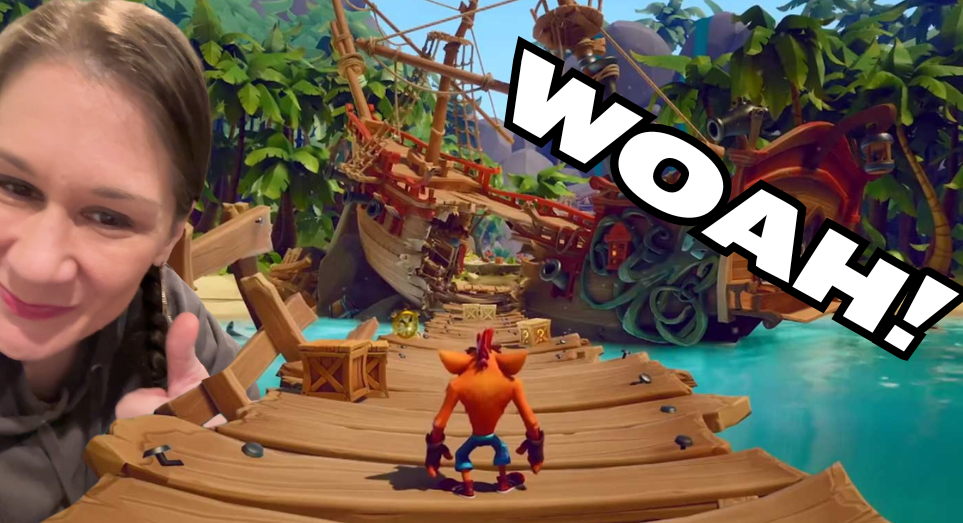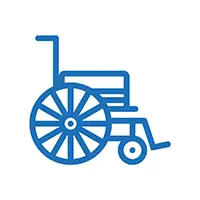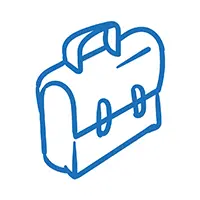
The thrill of diving into a new world, the excitement of overcoming challenges, and the joy of connecting with friends through a shared love of games have been some of my happiest moments.
Living with Ehlers-Danlos Syndrome (EDS) has made gaming more complicated than I ever imagined.
The physical toll it took on my body forced me to give up something I loved, and I never thought I’d be able to return to it. So the chance to get ‘hands on’ with gaming and Playstation again thanks to the new Access Controller, has helped me find a way to reconnect with that lost passion—albeit with some hurdles along the way.
My journey
There was a time when I had to face the hard truth that gaming was no longer possible for me. EDS affects my joints and connective tissues, causing pain, dislocations, and a host of other issues that made holding a controller feel like torture.
My hands would cramp and spasm after just a short time of play, leaving me in pain and unable to use them for anything else for hours afterward.
It wasn’t just the pain—it was the frustration of not being able to control my own body, to see it betray me when all I wanted was to enjoy a game with friends.
So, I gave up gaming. It was too hard, too painful, and too heartbreaking to keep trying. Instead, I found solace in watching my friends play.
I’d sit in the same room, sharing their victories and defeats from the sidelines, cheering them on while my hands rested uselessly in my lap.
Crafting, another hobby I loved, went the same way. It was easier to be there, to be a part of the moment, even if I couldn’t actively participate.
The hope of accessibility
When I first heard about accessible gaming controllers, I was excited but cautious. Could this really be the solution I’d been waiting for?
The thought of being able to game again, to hold a controller without pain, was thrilling. But as with many things in life with EDS, it wasn’t as simple as I’d hoped.
The Playstation Access Controller was different from what I expected. For me, it wasn’t a single piece, but two halves that needed to be purchased separately.
It was different from the controllers I remembered, but I could see the potential. I could play again. It was life changing.
My set up
I found the best way to play was with my hand flat, supported by a pillow, but this position wasn’t sustainable for long periods. Laying back with the controller on my lap seemed like a good alternative, but soon, I started to struggle again.
My hands hurt, and the frustration returned. It took some trial and error to realise that the way I held the controller on that first day—sitting up, hands supported—was the key to reducing the strain.
Connecting with the control
What I quickly realised was that gaming alone wasn’t as enjoyable as it used to be. EDS forces me to be constantly aware of my body and playing alone made that all too obvious.
But when I shared the experience with friends, everything changed. We’d take turns playing, passing the controller back and forth, and those moments became some of the happiest times I’ve had in years.
Playing racing games together, for instance, was a blast—though I could only handle about 15 minutes at a time before needing a break.
But that was okay. Taking turns meant I didn’t have to push myself to the point of pain, and it allowed me to stay engaged and connected without overexerting myself.
I’ve found playing became less about the game itself and more about the shared experience.
I loved watching my friends play, especially when they tackled games that were too physically demanding or too slow-paced for me.
Watching the storylines unfold, sharing in the excitement, and being a part of the gaming experience, even from the sidelines, was enough.
It reminded me that gaming isn’t just about pressing buttons—it’s about the connections we make and the memories we create together.
Embracing the Journey
Relearning how to game with EDS has been a journey of its own. My reaction times aren’t what they used to be, and my hands don’t always cooperate with the buttons.
But I’ve come to appreciate the process. It’s not just about mastering the game; it’s about finding new ways to enjoy it, to make it work for me.
What I’ve learned is that gaming is still possible, even with the challenges EDS presents.
It’s about adapting, finding the right balance, and most importantly, sharing the experience with others.
Accessible gaming has opened a door I thought was closed forever, and while it’s not without its frustrations, it’s given me back a part of my life that I thought was lost.













